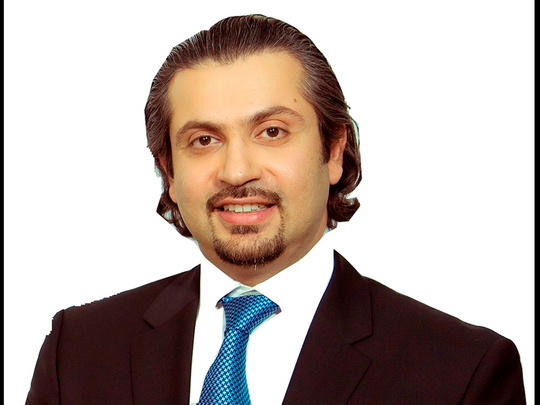
Glaucoma is a term referring to a group of diseases that damage the eyes’ optic nerve. If left untreated, it can lead to vision loss and even blindness. Glaucoma is usually caused by a fluid build-up in the front part of the eye, which increases pressure inside the eye. This leads to damage to the nerve that connects the eye to the brain.
Dr Abdulla Naqi, Head of Ophthalmology Department, Dubai Hospital, Dubai Health Authority (DHA), says that often patients don’t experience any clear symptoms. “Glaucoma is a true blinding disease if not diagnosed and treated early. The problem with glaucoma is that it is a painless disease that has no warning signs or symptoms during the early stages. It will only show its face very late in the course of the disease, when the optic nerve is almost completely damaged. That’s why it’s called the silent thief of sight,” he says.
Due to the fact that there are no early signs of glaucoma, it’s generally diagnosed through routine check-ups that are carried out on people over the age of 40.
Yet, Dr Naqi reiterates that in comparison to other conditions, glaucoma is relatively rare. This means that it receives less coverage than other diseases such as breast cancer. “Although glaucoma is the second-leading cause of irreversible blindness worldwide, its incidence and prevalence in society remains low compared to other endemic diseases such as diabetes, heand heart disease.”
Challenging preconceptions
In the UAE, Dr Naqi believes glaucoma suffers from the misconception this it is an untreatable condition. He points out the work that the DHA are doing to raise awareness and understanding. DHA organises educational campaigns, both in the public and at its hospitals. It also has an early appointment system for patients that are diagnosed, allowing them fast treatment.
And, in terms of treatment, Dr Naqi says that this has improved significantly in recent years. “The treatment of glaucoma has evolved amazingly in the last decade in terms of both diagnostics and therapeutics.”
DHA now has technologies that can detect the disease faster, and earlier. The authority uses optical coherence tomography (OCT) tests, which is a non-invasive test that provides images and information about the retina and optic nerve. There are also hand-held and home-monitoring intraocular presser devices available. “Artificial intelligence is being employed to detect the diseases earlier,” says Dr Naqi.
“In terms of medication and therapies, we have better and longer-lasting eye drops that are preservative-free, which makes them more tolerable for patients.” Dr Naqi also believes that injectable medications that can last for months in the eye, without the need for daily drops, will be introduced in the near future.











